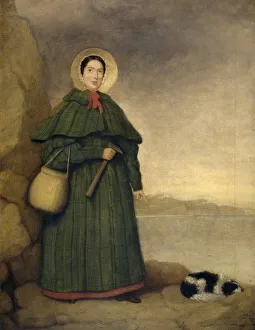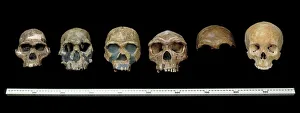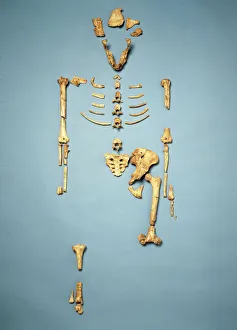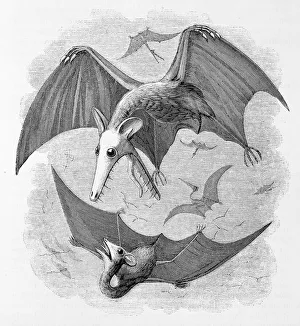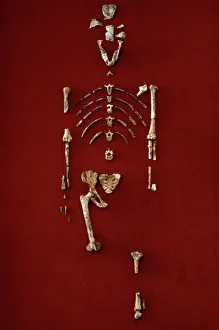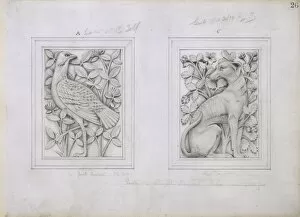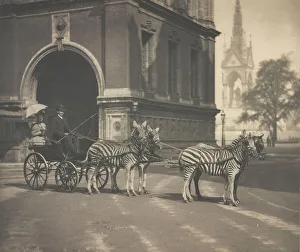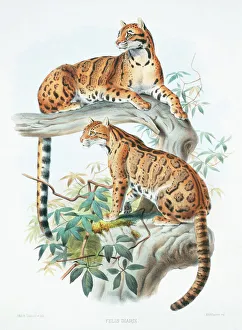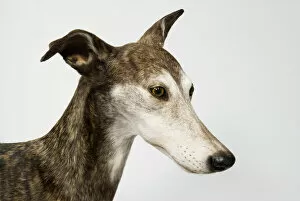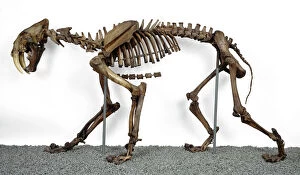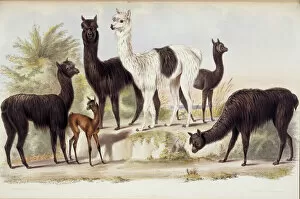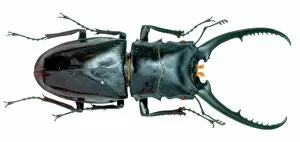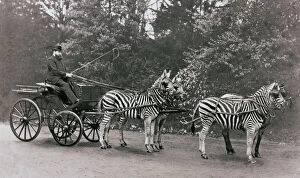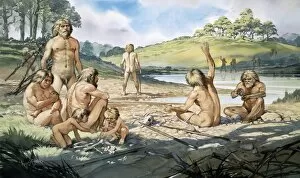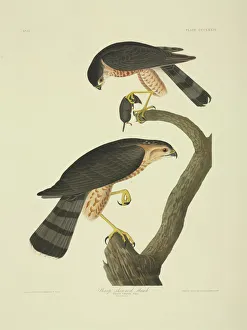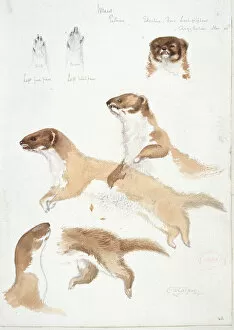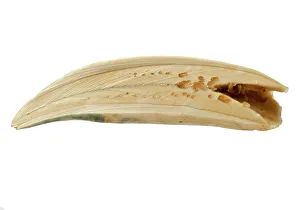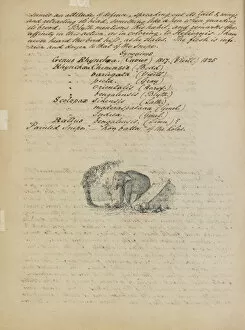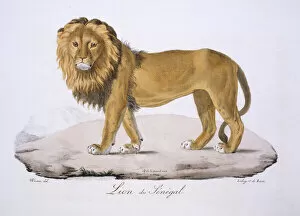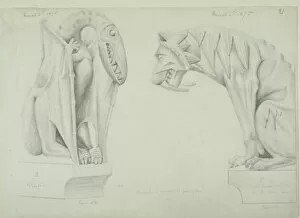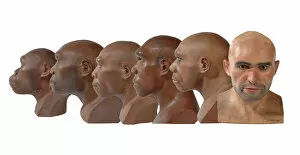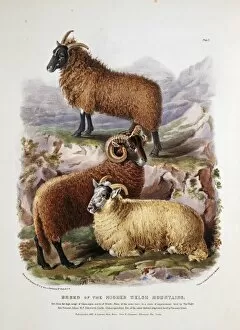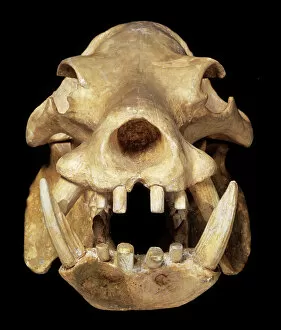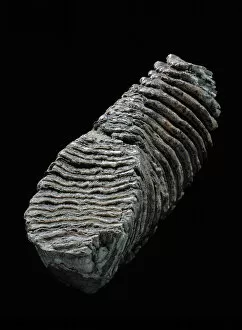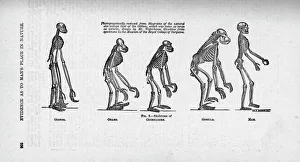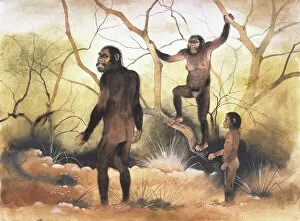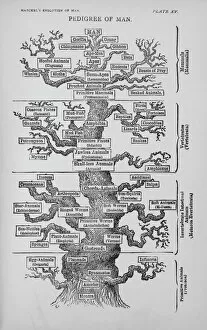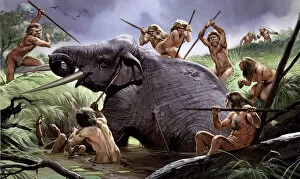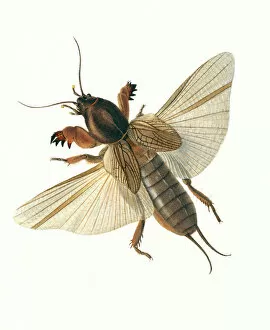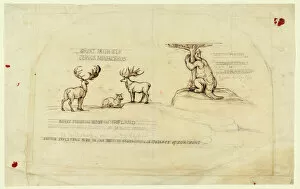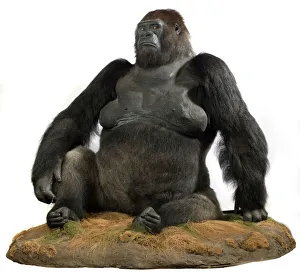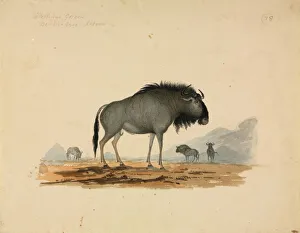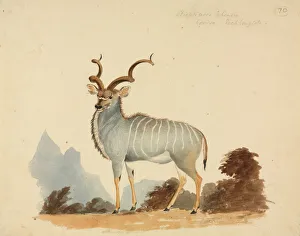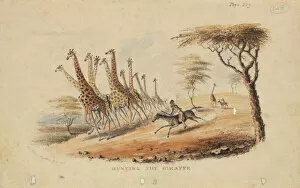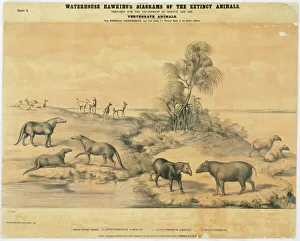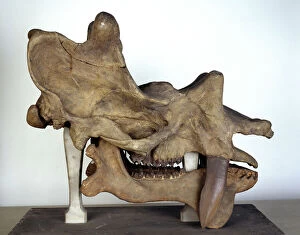Epitheria Collection
"Exploring Epitheria: From Lucy to Lord Rothschild's Zebra-Drawn Trap" Epitheria, a term derived from the Greek words "epi" meaning upon and "therion" meaning beast
All Professionally Made to Order for Quick Shipping
"Exploring Epitheria: From Lucy to Lord Rothschild's Zebra-Drawn Trap" Epitheria, a term derived from the Greek words "epi" meaning upon and "therion" meaning beast, encompasses a vast array of fascinating creatures that have roamed our planet throughout history. One intriguing aspect of these beings is their sensory homunculus - a representation of how different body parts are mapped onto the brain. In the realm of paleontology, we cannot overlook the remarkable contributions made by Mary Anning (1799-1847). Her groundbreaking discoveries shed light on ancient life forms, including hominid crania. Among them stands Australopithecus afarensis (AL 288-1), affectionately known as Lucy. This iconic fossil provides crucial insights into our evolutionary journey. As we delve deeper into epitherian anatomy, another captivating concept emerges - the motor homunculus. Just like its sensory counterpart, this map reveals how various body regions control movement within the brain. Lucy once again takes center stage in this discussion as her skeletal remains offer valuable clues about locomotion in Australopithecus afarensis. Shifting gears from primates to an eccentric tale involving Lord Walter Rothschild and his zebra-drawn trap. This peculiar contraption showcases both human ingenuity and curiosity towards capturing exotic animals for study or display. While mammals dominate the world of epitheria, other species deserve recognition too. Ballyregan Bob, a legendary greyhound known for his speed and agility; Indian elephants majestically roaming c. 1898 landscapes; Neofelis nebulosa diardi with its mesmerizing clouded coat; Lama pacos enchanting us with their soft alpaca wool – all exemplify nature's diversity within this group. Not forgetting insects' contribution to epitheria's tapestry. Cladognathus sp.


